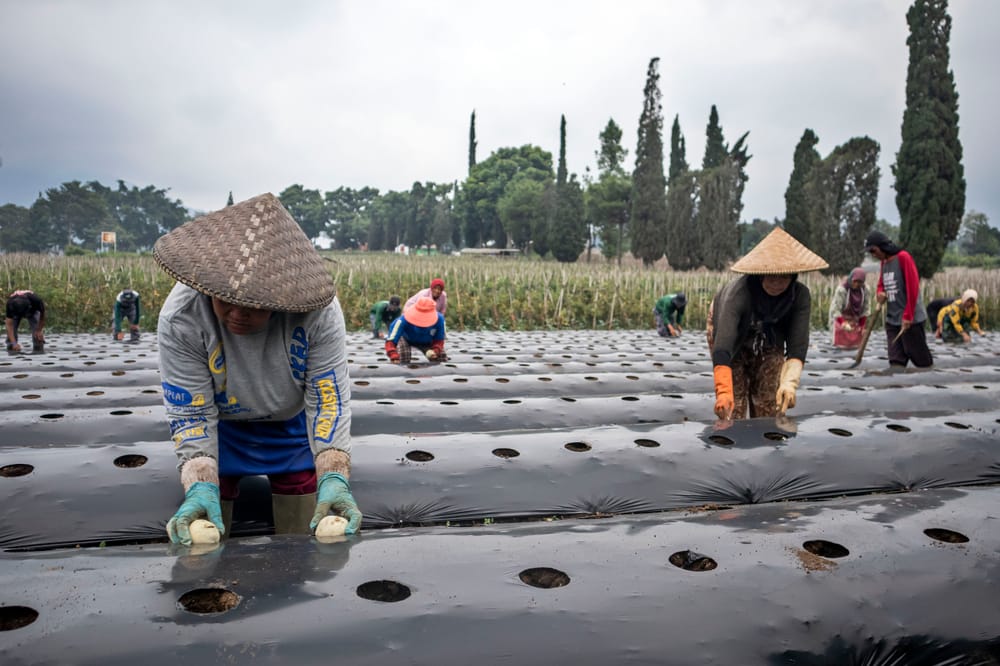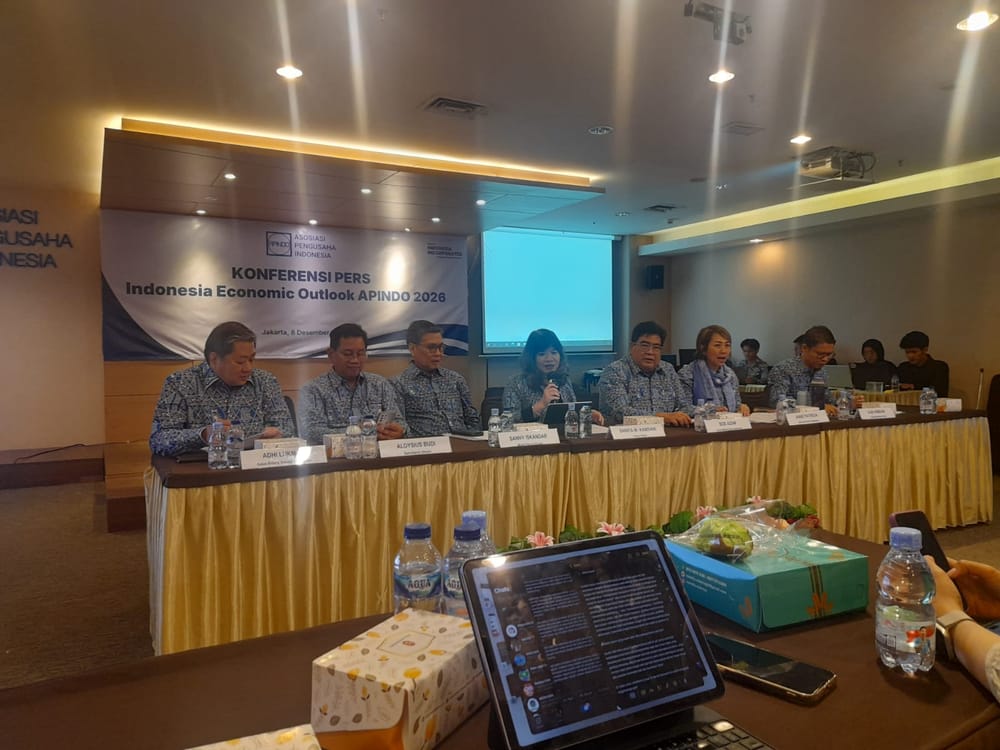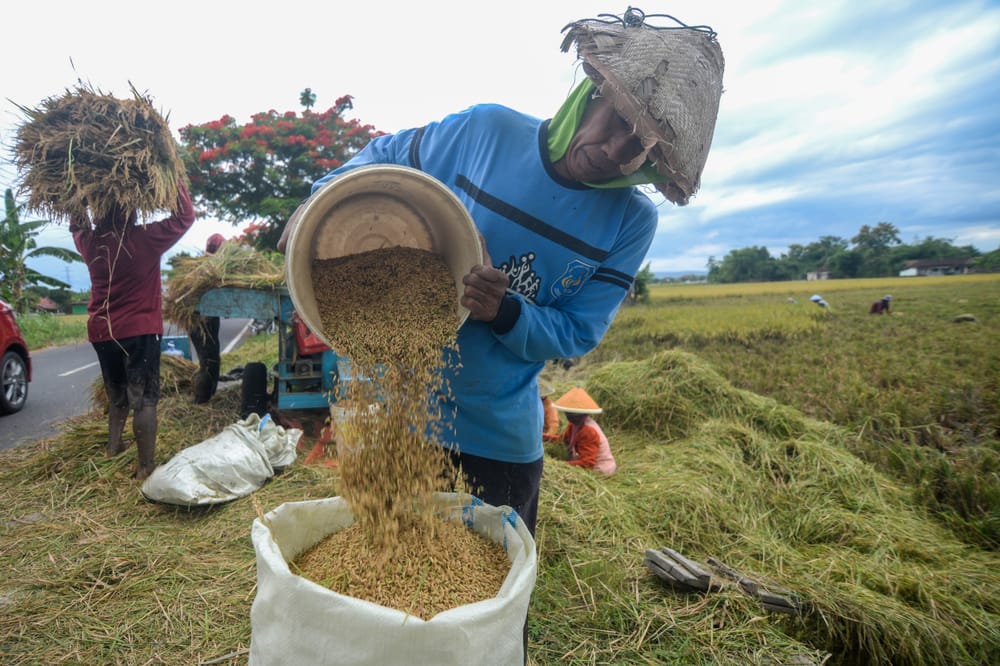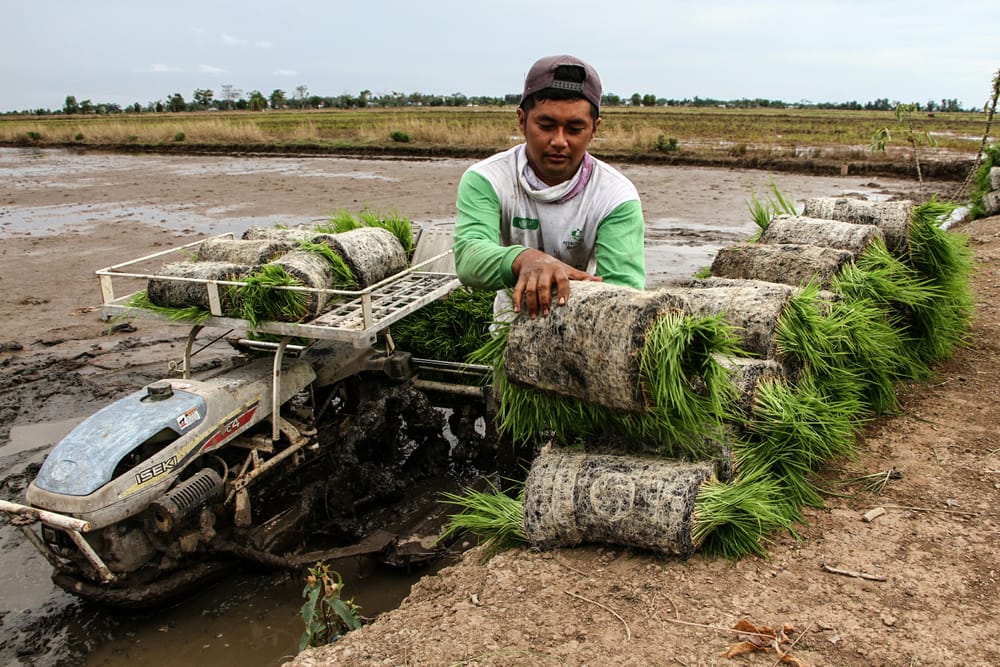The agro-industry is a strategic sector that plays an important role in supporting Indonesia's economic growth, according to Minister of Industry Agus Gumiwang Kartasasmita.
Throughout the first semester of 2025, the realization of investment in the agro-industry reached Rp 85.05 trillion, with the absorption of 9.8 million workers, or 50.26 percent of the total workforce in the non-oil and gas processing industry.
Agus stated that the agro-industry has been a primary driver in increasing the added value of domestic raw materials, creating jobs, and being competitive on the global stage.
Based on ministry data, in the first semester of 2025, the agro-industry sector recorded a contribution of 52.07 percent to the GDP of the non-oil and gas processing industry, and contributed up to 8.96 percent to the national GDP.
Agus also mentioned that the agro-industry sector showed excellent performance with export values reaching USD 37.38 billion and a trade balance surplus of USD 26.96 billion.
“This data shows that the agro-industry is not only a driver of growth but also a pillar of economic equality and the creation of productive employment,” he added.
Agus added that his team also emphasizes the importance of accelerating industrialization through increasing added value domestically.
“In the context of the agro sector, the industrialization approach is directed at strengthening downstreaming based on natural resources. Raw materials such as cocoa beans, sago, seaweed, and copra are encouraged to be processed into high value-added derivative products domestically,” he explained.
Coffee Downstreaming
One of the business actors in the agro-industry is Herry Sulianto, the owner of the coffee brand Ijen Lestari.
Ijen Lestari is a coffee producer from East Java that has achieved international recognition as a winner of the Cup of Excellence (COE), including 1st place in 2023. This UMKM focuses on producing high-quality coffee with standardized post-harvest practices and has been operating for 10 seasons in processing Ijen coffee.
With a commitment to quality and sustainability, Ijen Lestari serves both domestic and international markets with shipments worldwide.
Herry said that coffee is included in the agro-industry because it is an agricultural commodity whose yield (coffee beans) is processed into high economic value products such as ground coffee. Coffee is also included in the plantation agro-industry and is one of the leading export commodities in the agricultural sector.
‘Coffee is a plantation crop whose harvest, namely coffee beans, is the main raw material of this industry,’ he said when met at the Agro Industry Exhibition, at the Ministry of Industry Building, Jakarta (30/10).
Meanwhile, Plt. Director General of Agro Industry at the Ministry of Industry, Putu Juli Ardika, conveyed that Indonesia is known as one of the world's great powers in the agro-industry. Currently, Indonesia is the largest producer of palm oil in the world, with a production of more than 51 million tons of CPO and CPKO per year.
Meanwhile, the national rubber-based industry occupies the second largest position in the world with production reaching 3.32 million tons per year. On the other hand, Indonesia's seaweed industry is also in the third position in the world in terms of production, making this commodity one of the leading high-value exports.
Other commodities such as wood and rattan also place Indonesia at the top of the global market, while the national essential oil industry is one of the largest in the world and plays an important role in supplying raw materials for the flavor, fragrance, and wellness industries.
Furthermore, the pulp and paper, coffee, tea, processed cocoa, seafood, and processed food products based on sugarcane, milk, and fruits industries continue to make significant contributions to exports and national employment.
“The Indonesian agro-industry not only plays a role as the backbone of the national economy but also as the main locomotive for increasing export competitiveness based on renewable natural resources,” said Putu in his press release received by SUAR in Jakarta (30/10).

The Ministry of Industry held the 2025 Agro Industry Exhibition which took place for four days, from 28 - 31 October 2025 at the Industry Exhibition Plaza of the Ministry of Industry Building, Jakarta, with the participation of 65 participants, including medium to large-scale industry players and small agro-based businesses.
“This exhibition is not only a venue for promoting superior agro-industry products but also showcases the great potential of the sector, starting from the food and beverage industry, furniture industry, essential oil industry, feed industry, paper industry, to the oleochemical industry,” he said.
Products exhibited include palm derivative products, algae, sugar, biscuits, coffee products, tea, milk products and derivatives, chocolate, fruit juice drinks, frozen fruits and vegetables, sauces, instant noodles, processed meat products, frozen food, ready-to-eat food, processed paper products, essential oils, furniture products and pet food.
IPB Agricultural Observer Dwi Andreas said that to encourage the growth of the agro-industry, product downstreaming and market development are needed.
“Strengthening inclusive partnerships between farmers and industry to ensure that the benefits of downstreaming are felt evenly,” he told SUAR in Jakarta (30/10).
Developing a food logistics system for the distribution of agricultural products from production centers to consumers






